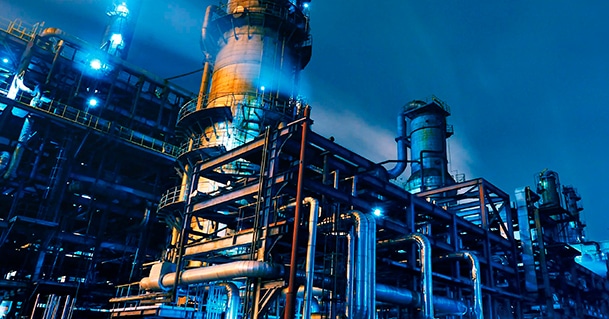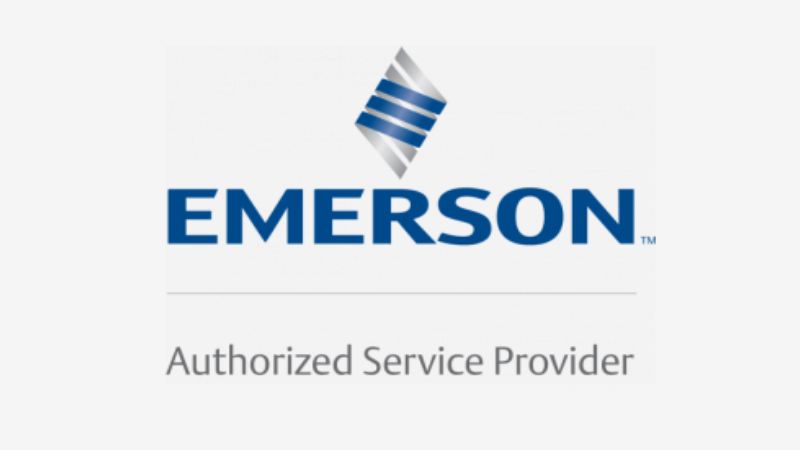OT Cybersecurity Services Backed by Decades of Hands-on Experience
Armexa offers practical, achievable solutions to help organizations run safely, reliably, and securely
Experienced. Practical. Trusted.
Featured
Helping you strengthen operational technology systems, people and processes
Our role is to ensure your operations teams are equipped to perform their jobs – and do so in a secure way.
We understand your challenges—tight OT security budgets, understaffed teams, rapidly evolving technology, and ever-changing regulations. We also recognize the friction that can exist between IT and Operations.
We know because we’ve been in your shoes. That’s why we’re here—to help you overcome these challenges and ensure your operations run safely, reliably, and securely.
Discover how we can protect, optimize, monitor and maintain your investments in secure operations.
About Armexa
Armexa, an industrial cybersecurity company, arms industrial clients with timely, proactive solutions that overcome today’s business, security, and technology challenges. You receive the most effective cyber defense possible and unprecedented situational awareness from the plant floor to the cloud.



